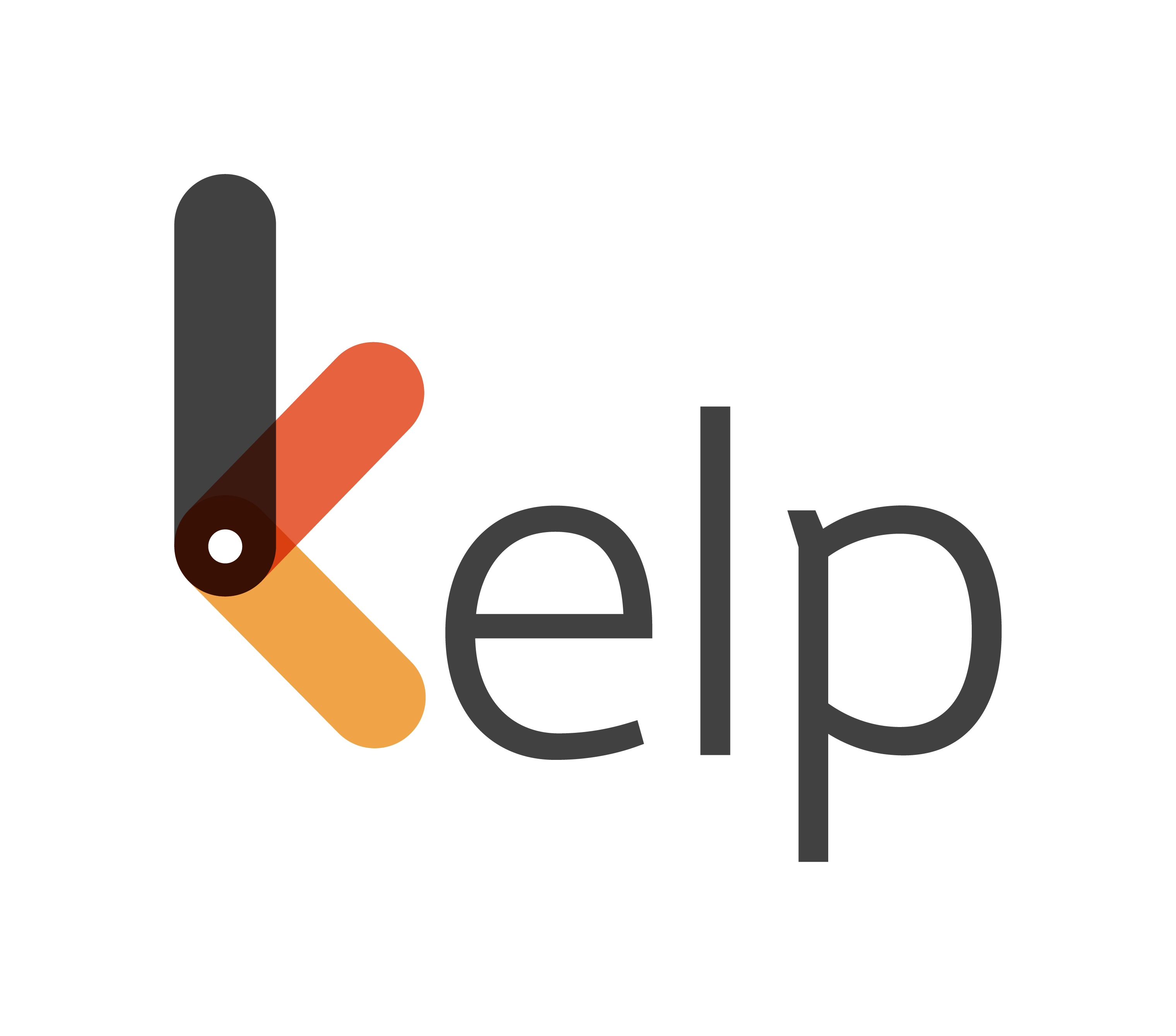
Ritu heads the HR team of a business that adopted an Employee Assistance Program exactly a year ago. Today she had a meeting with her CEO, who said that the company has invested one year and a fair amount of money into the EAP but things seem the same. During the past year, a webinar on EAP was conducted and three employees used the counselling service. This was not on par with the amount spent on the EAP. The CEO and Ritu wondered what they could have done differently. They wrote a guide for all those people who are on the verge of rolling out an EAP in their organisations.
This guide is divided into two parts; one-time activities (steps 1-3) and ongoing activities (steps 4-6).
Part A: One-time activities
These are the activities to be performed at the time of launching the EAP. They can be repeated occasionally (annually) if required.
Step 1: Fine-tuning the details
Once you have decided the vendor, discuss with them and your CEO and other relevant members of the management and plan the minute details meticulously so that it becomes easy for implementation. A few of the focus areas are:
• Services: Broad list with subsets
• Modality: What platforms can employees use to avail EAP services? These can be face-to-face, telephonic, through a web-application, email, website and messaging services to name a few. There must be at least 2 modes so that employees of all ages and levels can easily reach out.
• Privacy: What is the mechanism used to ensure confidentiality? When can it be breached? Who has access to what records? What can be done in case of extreme situations?
• SPOC: Who are the points-of-contact for the vendor and the organisation for clear communication?
• Timelines: Start date, billing cycle, reporting cycle, dates of EAP centric events in the organisation
• Review: Frequency and basis for review
• Payment: Method of billing – periodical or based on services availed, mode and frequency of payment
Step 2: Administrative preparation
This step is crucial for ensuring smooth roll-out of the EAP. These are seemingly minor tasks but are important for effective implementation. They include
i) Documentation:
Getting contracts signed, establishing a dedicated, well-organised physical place or a folder in the organisation’s database for everything related to the EAP, having separate documents for tracking finances, communication, service usage etc.
ii) Communication:
Keeping facilitators of EAP from other departments informed about the roll-out, requesting their support and working with them to set-up the system or process for EAP. For example, informing the finance team about the frequency and mode of payment, working out the amount and ensuring that the funds are transferred on time.
iii) Technological/Infrastructural preparation:
Upgrading the technology if required, downloading the necessary software, registering for the necessary web-applications and ensuring that user manuals for all the technology relating to EAP is available for circulation. Automatic emails or payments can also be set up, depending on the organisation and its policy. A grievance redressal mechanism can also be established.
Step 3: Spreading Knowledge
Once the roll-out plan is ready, infrastructure is set-up and the concerned persons are ready to assist, it is time to inform all the employees covered under the EAP about it. The key points to mention are:
• Services offered
• Modalities and how to use them – apps/technology required along with steps to use them
• Date of commencement, timings and availability
• Privacy policy
• Contact details of the person in-charge
Here are some ways to ensure that the message reaches the target audience:
• Emails
• Posters
• SMS or other messaging service
• One-on-one calls with a few key people who can in turn call a few people and so on. The personal touch is retained in this method but it is a lot more time consuming
• Introductory seminar or webinar by the EAP vendor and the HR team to explain the services








